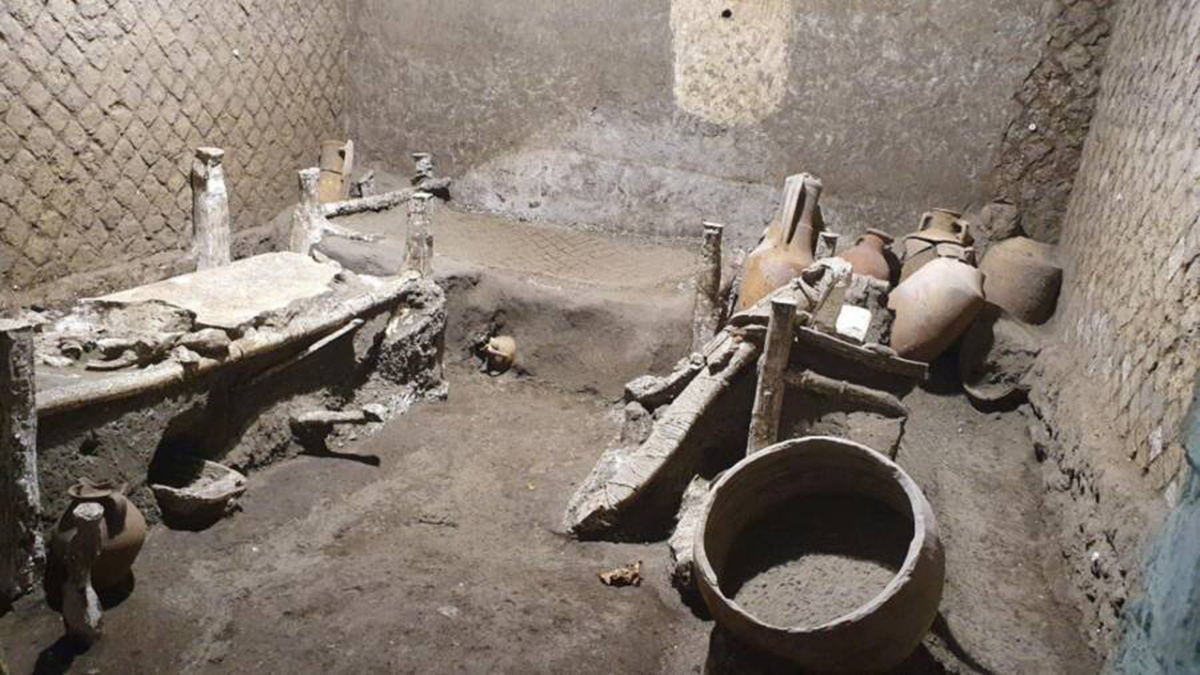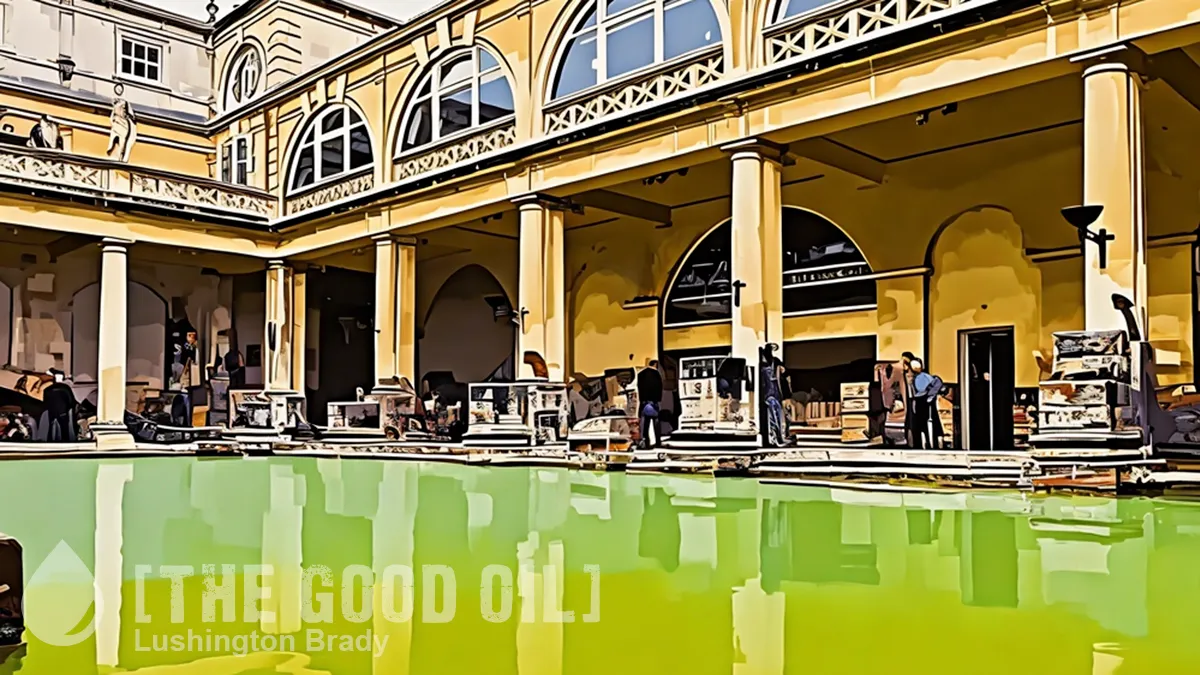Table of Contents
Living as we do in an age where every teenager with a mobile phone and an Instagram account can aspire to fame, we often forget that almost all written history ignores the vast bulk of the humans who lived and died. Until just a few centuries ago, anyone who wasn’t a king, general or great artist left not a trace in the historical record. (Indeed, even of the greatest artists until at least the Rennaissance, we know almost nothing biographical.)
The simple fact is that written records was mostly an expensive affair, and the elite had little interest in recording anything about peasants, servants or slaves. Even what was written, especially on paper or parchment, has been lucky to survive centuries or millennia of war and destruction, not to say the ordinary passage of time (papyrus, for instance, ordinarily lasts just decades, centuries at the outside).
One rare exception, perhaps, are the cuneiform tablets of ancient Sumeria. Pressed into clay, roughly a million are known so far to have survived: the barest fraction so far translated provide often fascinating insights into the lives of relatively modest people such as ordinary merchants.
Another exception to the Elites-Only club of history are the ruins of Pompeii. By essentially flash-freezing an entire city, Pompeii is a rare snapshot of Roman life, from top to bottom. Although it was first uncovered in the 18th century, Pompeii is still yielding incredible discoveries. Even its graffitti is an insight into the thoughts of Romans, from the sentimental to the vulgar.
A new discovery sheds light on the lowest of Roman society: the slaves.
“This new important discovery enriches our understanding of the everyday life of the ancient Pompeians,” explained Dario Franceschini, Italy’s Culture Minister. “Especially that class in society about which little is still known.”
Archeologists came across the 172-square-foot [15m²] room while exploring a villa called Civita Giuliana just north of Pompeii’s city walls. There, they found three beds made of ropes and planks, ceramic jugs, and a chamber pot. Just a single, small window allowed light into the space.

Suggesting, perhaps, how little regarded slaves were — they were just property, after all — the room also appears to have been used as a storage room for horse tack for the stables just next to it. The horses of Civita Giuliana themselves, harnessed perhaps to flee the eruption, were discovered entombed in ash, in 2017.
Though they may not often appear in stories about ancient Rome, enslaved people were commonly found throughout the Roman Empire. Considered property and nothing more, their masters could beat, brand, and even kill them without facing punishment.
Most of the people enslaved during this time were foreigners, often prisoners of war or captured sailors, or those who had been bought and sold outside Roman territory. Sometimes, they were the children of Romans sold for money.
All That’s Interesting
Nature had no such regard for class or status. When Vesuvius erupted on a summer day in 79 AD, it killed thousands and buried the entire town almost instantly.
Today, the city seems frozen in time. The falling ash from the initial eruption has preserved bodies, artwork, and rooms like the one discovered at Civita Giuliana. Each says something about what life — and death — was like in the doomed city.
In that way, the slave room is an exceptional discovery indeed. According to [Gabriel Zuchtriegel], it’s one of the most significant finds of his career.
There may not have been any gold or jewels stored in the tiny, dingy room, but, as Zuchtriegel says, “the true treasure here is the human experience”.
Please share this article so that others can discover The BFD









